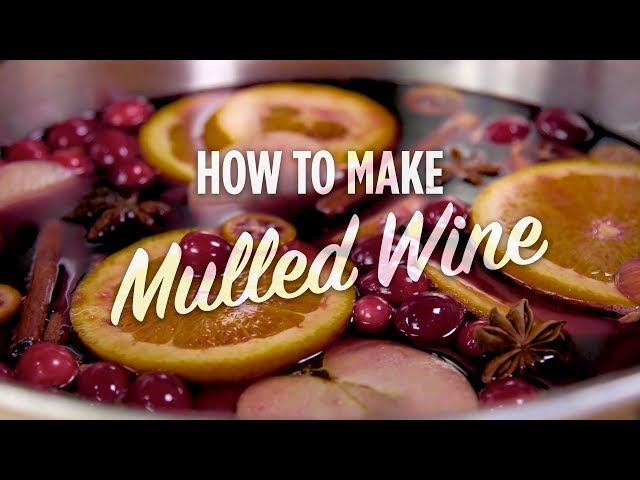Mulled wine – the mere mention of it conjures images of cozy evenings, festive gatherings, and the sweet aroma of spices wafting through the air. It’s a holiday season favorite, a warm, spiced delight that’s both comforting and celebratory. Whether you’re an aficionado or a novice, this comprehensive guide will walk you through how to make mulled wine at home, ensuring your next batch is as delightful and heartwarming as the holiday season itself.
Ingredients: The Foundation of Flavor

To start, let’s talk about what goes into making this festive beverage. The beauty of mulled wine lies in its simplicity and adaptability. Here’s a basic list of what you’ll need:
- Red Wine: The base of your mulled wine. A full-bodied red like Merlot or Cabernet Sauvignon works great.
- Spices: Cinnamon sticks, cloves, and star anise are traditional favorites.
- Citrus: Oranges, both for juice and garnish.
- Sweetener: Sugar or honey to balance the spices.
- Optional Additions: Brandy, apple cider, or fresh fruits like apples and pears.
Step-by-Step Guide: Crafting Your Mulled Masterpiece

Choosing Your Wine
The journey to homemade mulled wine begins with selecting the right wine. You don’t need an expensive bottle; a mid-range, fruity red wine will do perfectly.
Spice It Up
The key to the best-mulled wine is in the spices. Cinnamon, cloves, and star anise are essentials but feel free to experiment. Adding a sachet of mulled wine spices can infuse intricate flavors.
Sweet and Citrusy Twists
Balance the spices with some sweetness. Traditional recipes call for sugar, but honey or maple syrup are excellent alternatives. Don’t forget the citrus – orange slices not only add flavor but also make for a charming garnish.
Slow and Steady Wins the Race
For those wondering how to make mulled wine in the slow cooker, patience is key. Combining all ingredients in a slow cooker and letting them simmer on low heat brings out the flavors beautifully.
Serving with Style
Once your mulled wine is aromatic and flavorful, it’s time to serve. Ladle it into mugs and garnish with orange slices or cinnamon sticks.
Variations and Creative Twists
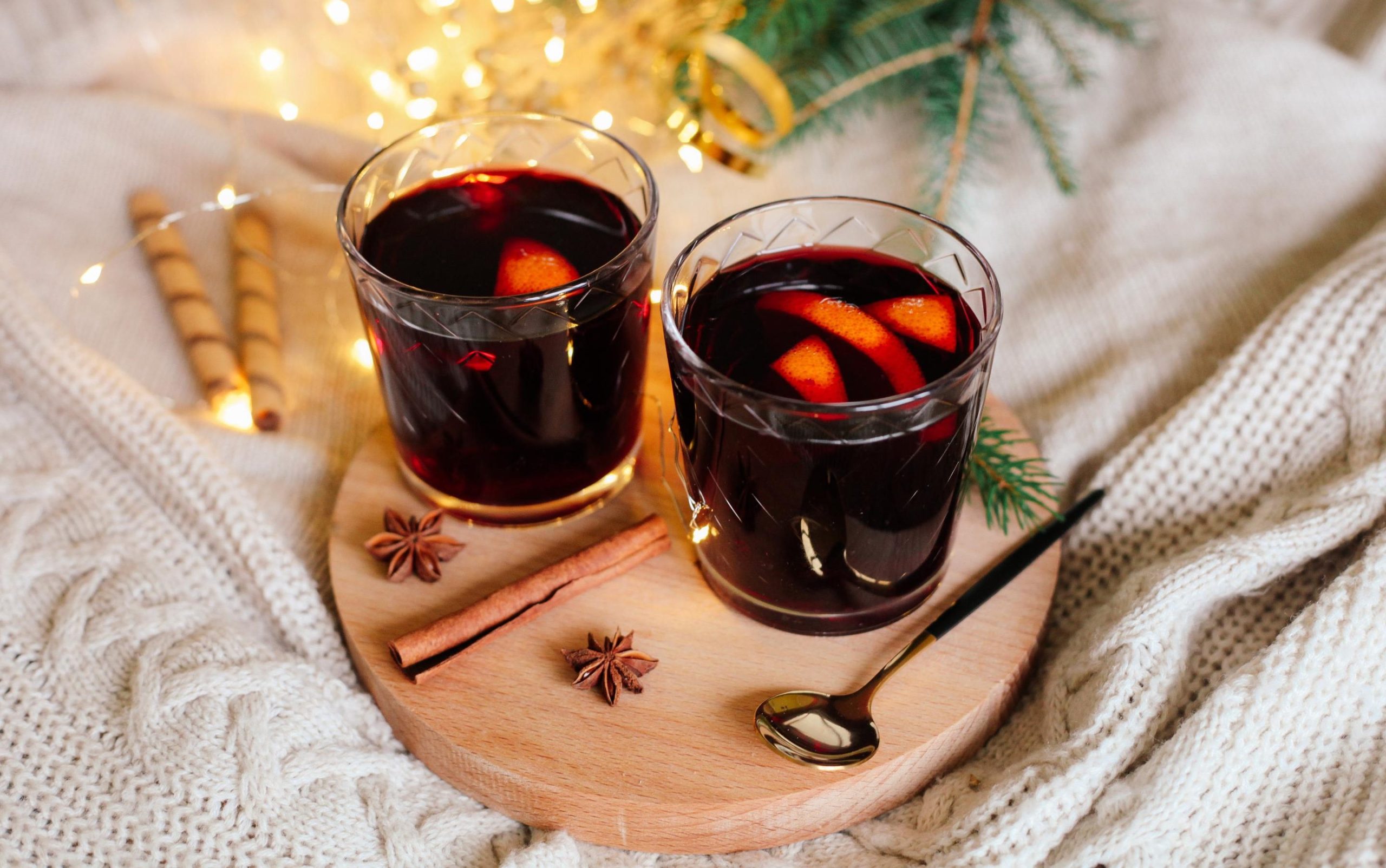
- Non-Alcoholic Version: Swap wine with grape juice or non-alcoholic wine for a family-friendly version.
- Mulled White Wine: Prefer white wine? Use a dry white wine and pair it with lighter spices like cardamom.
- Mulled Wine Cocktails: Mix in a shot of brandy or rum for an extra kick.
Frequently Asked Questions
- How to make mulled wine stronger or less alcoholic?
-
- To make it stronger, add a splash of brandy. To reduce alcohol content, let it simmer for longer, allowing some alcohol to evaporate.
How long can I store homemade mulled wine?
-
- Properly stored in the refrigerator, it can last for up to 3 days.
Can I make mulled wine in advance?
-
- Absolutely! It even tastes better the next day as the flavors meld together.
How to make mulled wine from scratch without wine?
-
- Use a combination of grape juice, apple cider, and a splash of vinegar for tartness.
Advanced Tips and Tricks for Mulled Wine Enthusiasts
As you become more comfortable with the basics, here are some advanced tips to elevate your mulled wine experience:
Experiment with International Flavors
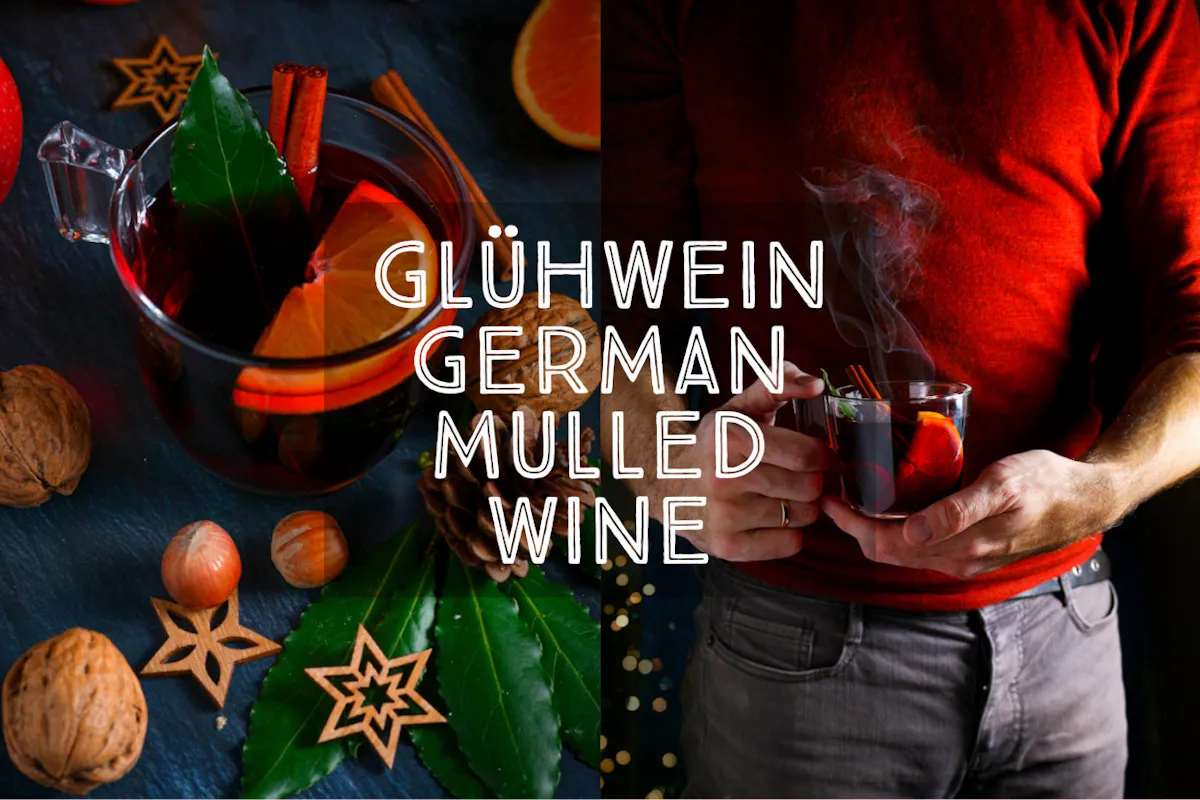
- German Mulled Wine: Known as Glühwein, it often includes a touch of brandy or rum.
- French Hot Wine: Vin chaud typically features a blend of honey and different spices like bay leaves.
- Ikea Mulled Wine: Inspired by the Swedish version, add a bit of cardamom and ginger for that unique Scandi twist.
Making Mulled Wine Sachets

- Create your own spice sachets for a more refined flavor profile. Mix your favorite spices in a cheesecloth and steep them in the wine.
Mulled Wine for Different Occasions
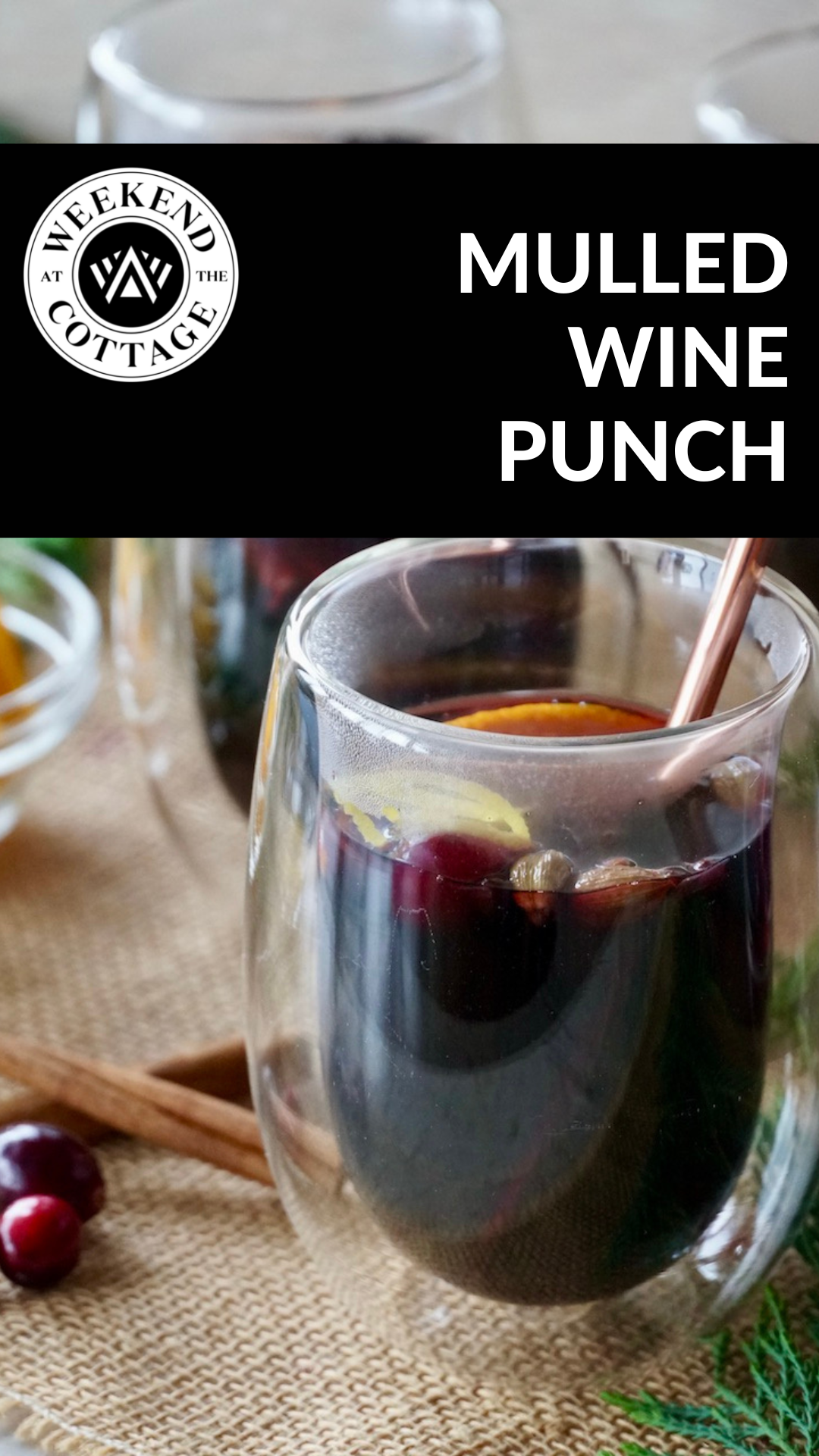
- Hot Wine Punch: Great for parties, add a bit of citrus juice and sparkling water for a fizzy twist.
- Cherry Mulled Wine: Add cherry juice or fresh cherries for a fruity variant, perfect for intimate gatherings.
Creative Uses of Mulled Wine Leftovers
- Red Wine Hot Chocolate: Combine leftover mulled wine with hot chocolate for a decadent treat.
- Wine Cork Hot Pads: Reuse wine corks from your mulled wine bottles to make stylish hot pads.
Pairing Mulled Wine with Food

- Mulled wine pairs wonderfully with rich, hearty foods. Think roasted meats, creamy cheeses, and sweet desserts like gingerbread or apple pie.
Troubleshooting Common Mulled Wine Concerns
- Mulled Wine Stains: Act quickly! Blot the stain and treat it with a mixture of dish soap and hydrogen peroxide.
- Adjusting Alcohol Content: For a less alcoholic version, add fruit juices or dilute with water. To increase alcohol, a splash of spirits does the trick.
Mulled Wine in Different Cultures
It’s fascinating to see how different cultures have embraced and adapted mulled wine. From the German mulled wine traditions of Christmas markets to the French hot wine savored in the chilly evenings of Paris, each region adds its unique twist, reflecting local tastes and ingredients.
Sustainable and Responsible Mulled Wine-Making
In the spirit of sustainability, consider using organic wines and locally sourced spices. Also, be mindful of alcohol consumption, especially when serving guests.
Mulled Wine: Beyond the Holidays
While mulled wine is a holiday favorite, its appeal extends beyond the festive season. Here are some ideas to enjoy mulled wine throughout the year:
Seasonal Variations
- Autumnal Mulled Wine: Incorporate apple cider and autumn spices like nutmeg and allspice.
- Summer Mulled Wine: Serve it chilled with summer fruits like peaches or berries for a refreshing twist.
Mulled Wine for Special Occasions
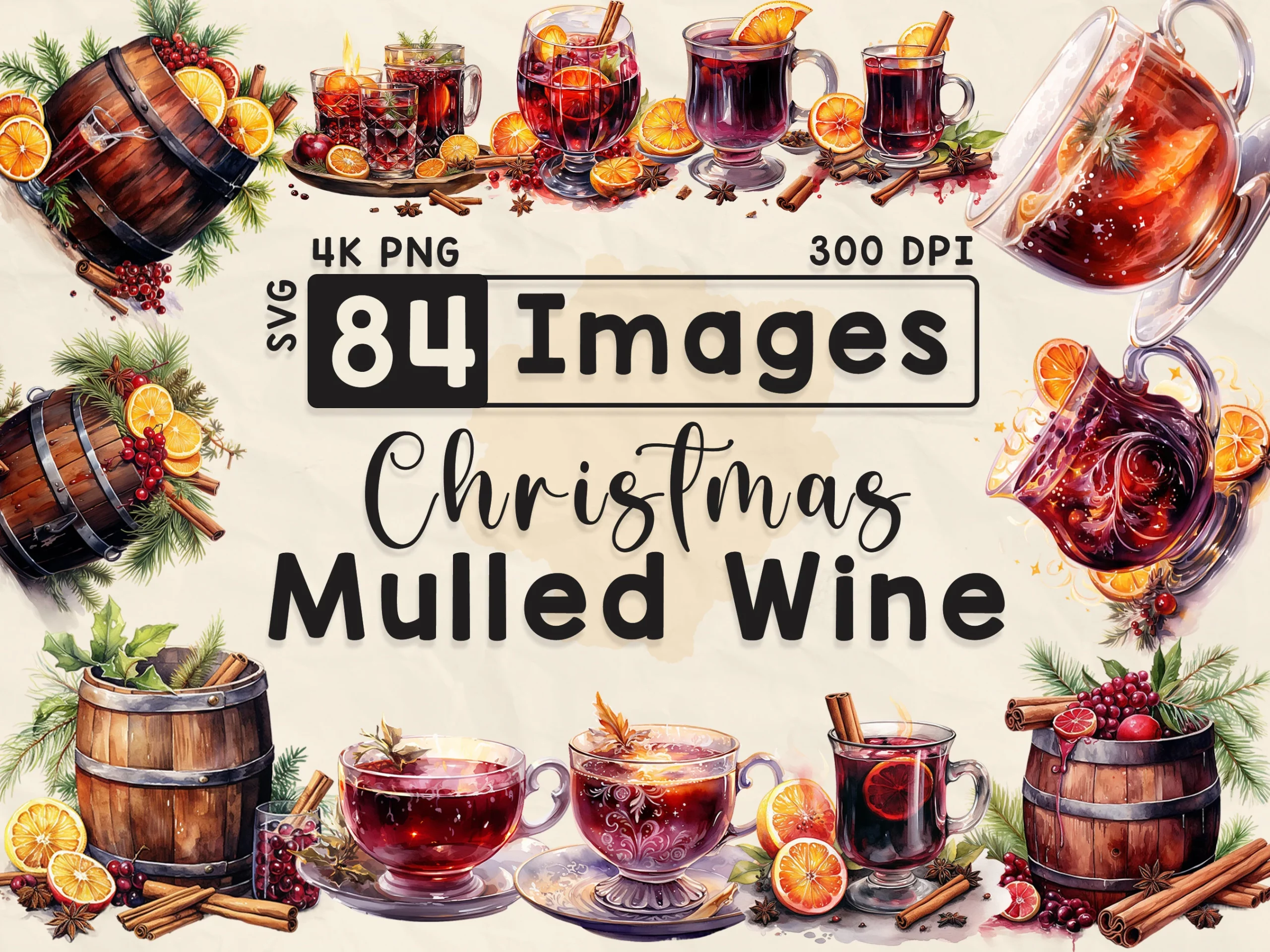
- Valentine’s Day: Add a dash of rose water and garnish with rose petals for a romantic touch.
- Halloween Parties: Create a spooky version with blackberries and a hint of licorice.
Health Benefits of Mulled Wine

- Spices like cinnamon and cloves used in mulled wine have antioxidant properties.
- Enjoy in moderation as part of a balanced lifestyle.
Mulled Wine in Literature and Art
- Mulled wine has been celebrated in various cultural works, reflecting its historical and cultural significance.
Hosting a Mulled Wine Tasting Event
- Invite friends to a tasting party where everyone brings a different version of mulled wine. It’s a fun way to explore various recipes and flavors.
Culinary Adventures with Mulled Wine

- Cooking with Mulled Wine: Use it as a base for marinades or sauces to add depth to your dishes.
- Mulled Wine Desserts: Create unique desserts like mulled wine jelly or poached pears in mulled wine.
Eco-Friendly Practices in Mulled Wine Preparation
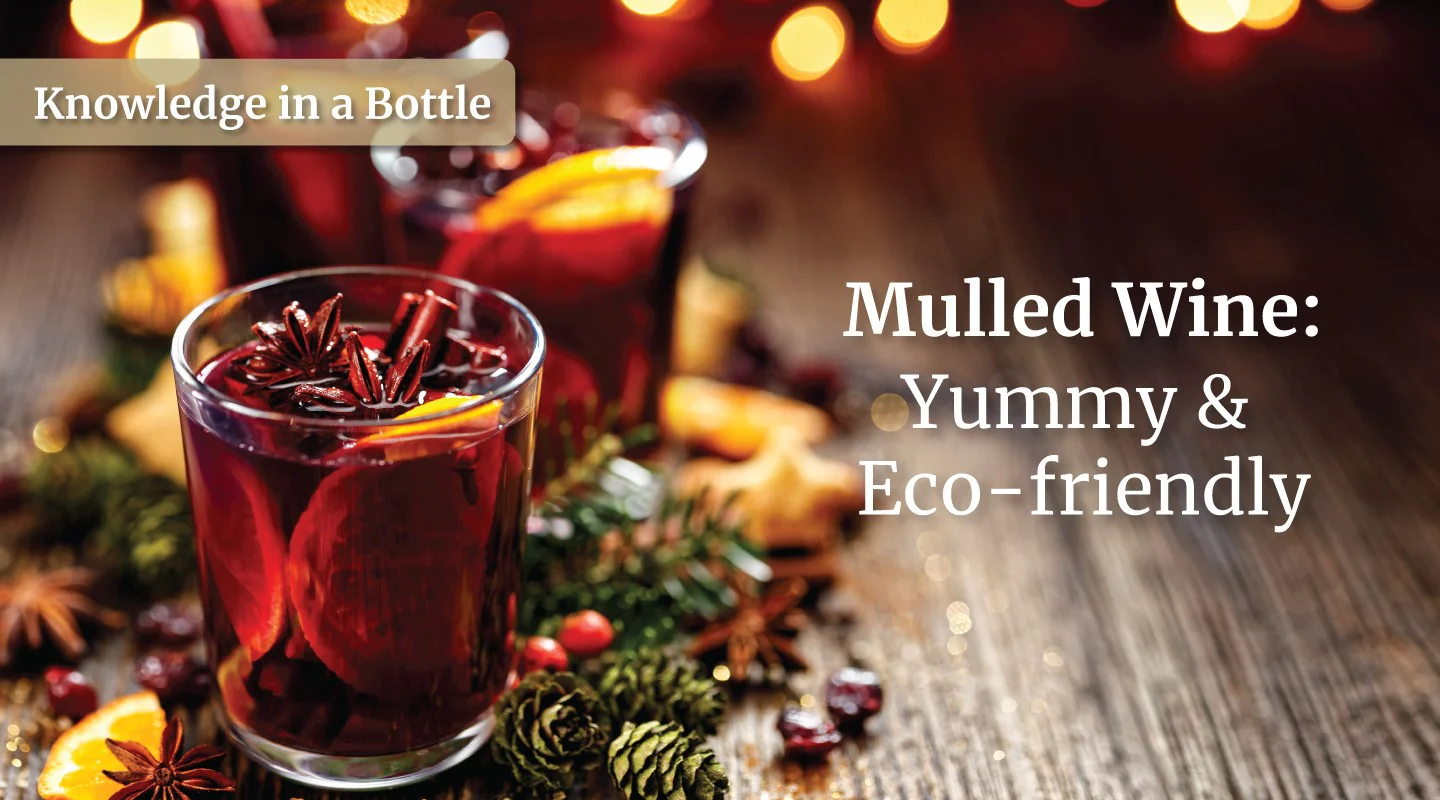
- Recycling Wine Bottles: Turn empty wine bottles into decorative items or DIY crafts.
- Composting Used Spices: After their flavor is spent, compost the spices to minimize waste.
Conclusion
Mulled wine is more than just a drink; it’s a tradition, a warm embrace in a glass, a connector of people and cultures. It adapts, evolves, and fits into any scenario you wish to place it in, be it a quiet night or a grand festive celebration.
As we conclude this guide, remember that the best part of making mulled wine is the process – the experimentation, the tasting, and the joy of sharing. So whether you’re crafting a traditional hot spiced wine for Christmas, a non-alcoholic mulled wine, or even a mulled wine tea, embrace the creativity and joy it brings.
